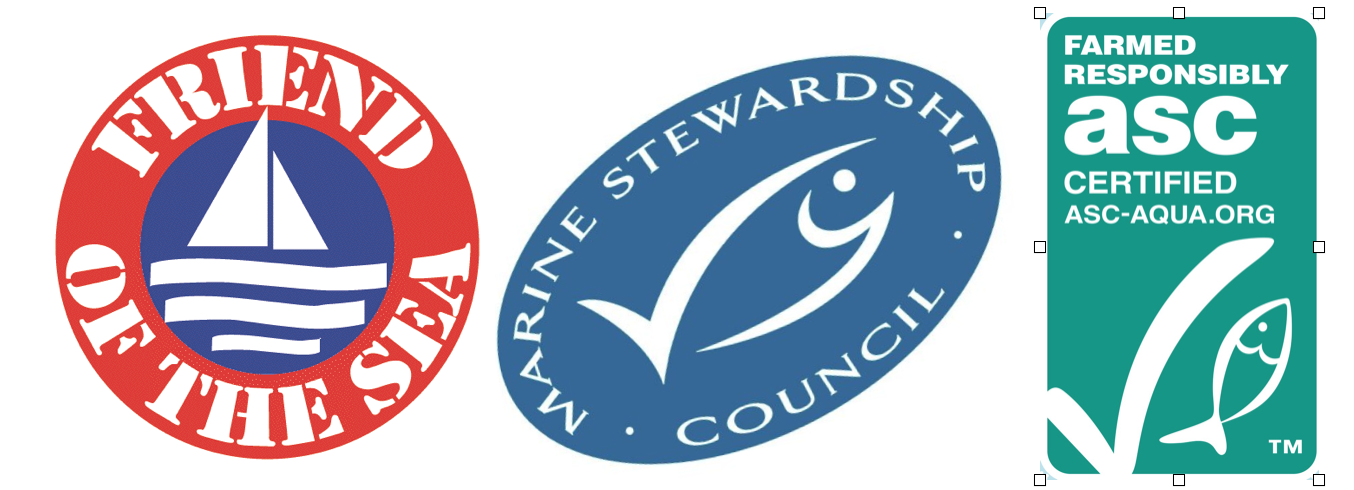
(Photo: GrimsbyT/Wikimedia)
Labels point the way, but…
In the abundance of products on the market, it is difficult for critical consumers—and also for the trade—to find a product that meets ones proper demand for environmental protection, animal welfare, and fair trade on their own.
Labels (quality seals) offer orientation. They promise that a certain concern is fulfilled. And they build up a considerable control apparatus for this purpose. This is one of the reasons why there will never be a label that fulfils all conceivable demands—the effort would be unaffordable, quite apart from the fact that different customer segments have different demands.
When it comes to fish, three areas are central from fair-fish's point of view:
- Animal welfare: whether fish had a decent life and an easy death;
- Environment: whether the environment was protected when the fish were harvested;
- Fair trade: whether producers were treated and paid fairly.
No existing fish label covers all three areas; all of them so far focus mainly on environmental issues. Labels are a good first step. For those with higher expectations, the fish test is an in-depth decision-making aid.
